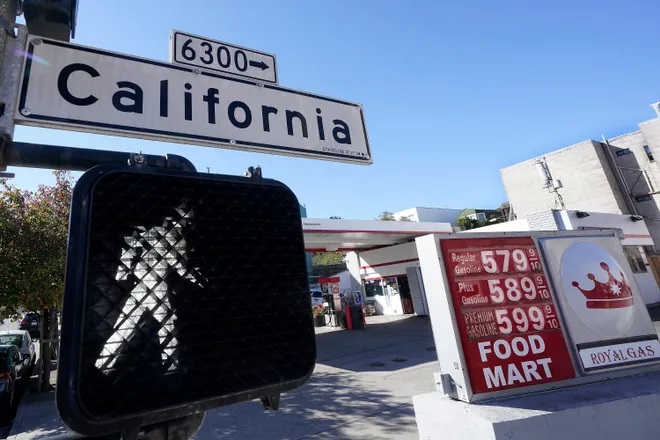Similar to the effects of the Vietnam War, Russia’s invasion of Ukraine has shifted the geopolitical and economic forces toward higher inflation. The sudden isolation of the Russian economy reflects the West’s condemnation of this pariah state.
On March 10, the U.S. Labor Department reported the Consumer Price Index (CPI) all items index rose 7.9% for the 12 months ending in February. Prices rose across the board — energy, food and services.
U.S. consumer sentiment tumbled in early March to the lowest level since 2011. This decline reflected consumers’ worries about their finances. The survey was taken before the outbreak of Ukraine hostilities. At that time, consumers expected prices to rise 5.4% over the next year. The inflation outlook has since darkened even further.
The invasion of Ukraine has rocked financial markets and caused major disruptions in the oil and commodity markets. Initially, the Russian invasion primarily impacted goods. Now the cost of services is increasing.
To put our current financial challenges in perspective, the CPI has not been this high since January 1982 (8.4%). At that time, the U.S. was suffering from stagflation — a combination of high inflation and high unemployment (10.8%).
Treasury Secretary Janet Yellen warned Americans will likely see another year of “very uncomfortable high inflation … My guess is that next month we will see further evidence of an impact on U.S. inflation of Putin’s war on Ukraine.”
Escalating inflation will create new challenges for households, policy makers and investors who expected inflation to remain near or below 2% for decades. The war’s outbreak has supercharged prices. Prices are increasing along a wide spectrum – energy (30%), grocery costs (8.6%), airline fares (12.7%), appliances (11.1%), home prices (18.8%), new vehicles (12.4%) and used cars (41%).
Gregory Ip’s WSJ article “War in Ukraine Fans the Flames of Global Inflation” cites three reasons for higher inflation:
- Military needs, in addition to civilian demand, strain the economy’s productive capacity.
- Embargoes, sanctions and fighting disrupt supply chains. The European Union is now considering restructuring its entire energy system to exclude Russian oil and gas.
- Governments often finance war by printing money or keeping interest rates too low.
Russia’s unwarranted invasion of Ukraine has forced America and its allies to renounce its longstanding support for globalization. Expelling Russia from international commerce has fractured the free-trade vision that we embraced following the collapse of the Soviet Union. The U.S. and its Western European allies have quickly taken steps to scale back purchases of Russian oil, gas and coal in order to apply pressure for Vladimir Putin to punish his belligerency.
From a prescriptive perspective, Russia’s invasion of Ukraine has constrained the ability of our Central Bank to take remedial action. Under normal conditions, the Fed would ramp up interest rates by restricting the money supply. Before the invasion of Ukraine, most analysts predicted that the Central Bank would raise rates by 2% over the next year. Consensus currently is 1%, an amount that by itself will not reduce inflation.
An inflation rate of 7.9% is a wake-up call. If prices rise at this level for five years, buying power will decline by approximately 50%. Currently, our U.S. inflation rate extends to a broad group of goods and services. If inflation persists, cost-of-living adjustments to contracts will be written in.
Unfortunately, we need to take restrictive steps for a number of years to stamp out inflation. It will require the federal government to reign in its trillion-dollar deficits that have created demand-pull inflation, where “too many dollars chase too few goods.”
On the monetary side, we should remember Paul Volcker’s policies. He raised the federal funds rate from 11.2% in 1979 to 20% in June of 1981. To defeat inflation, he turned the money spigot off and ramped up overnight rates.
Originally published in the Sarasota Herald-Tribune




